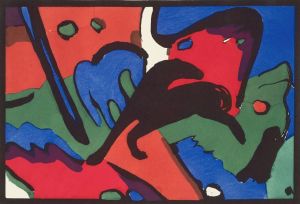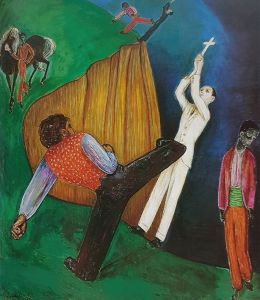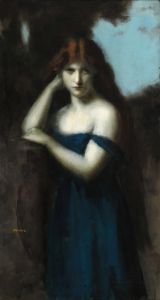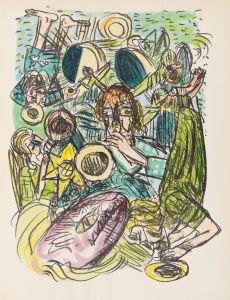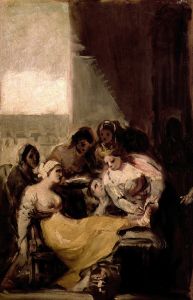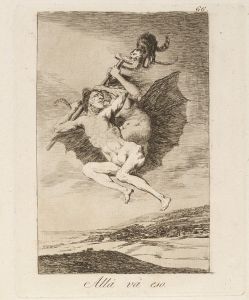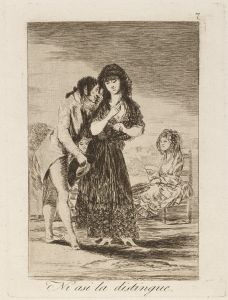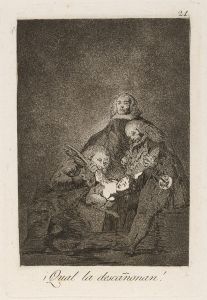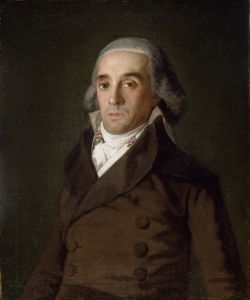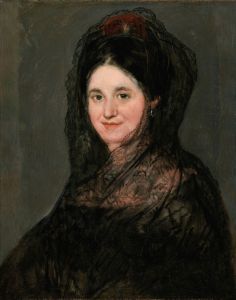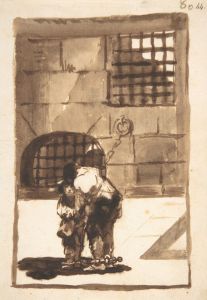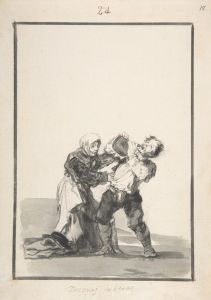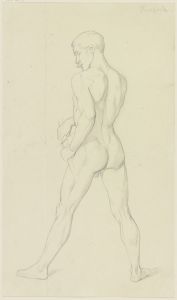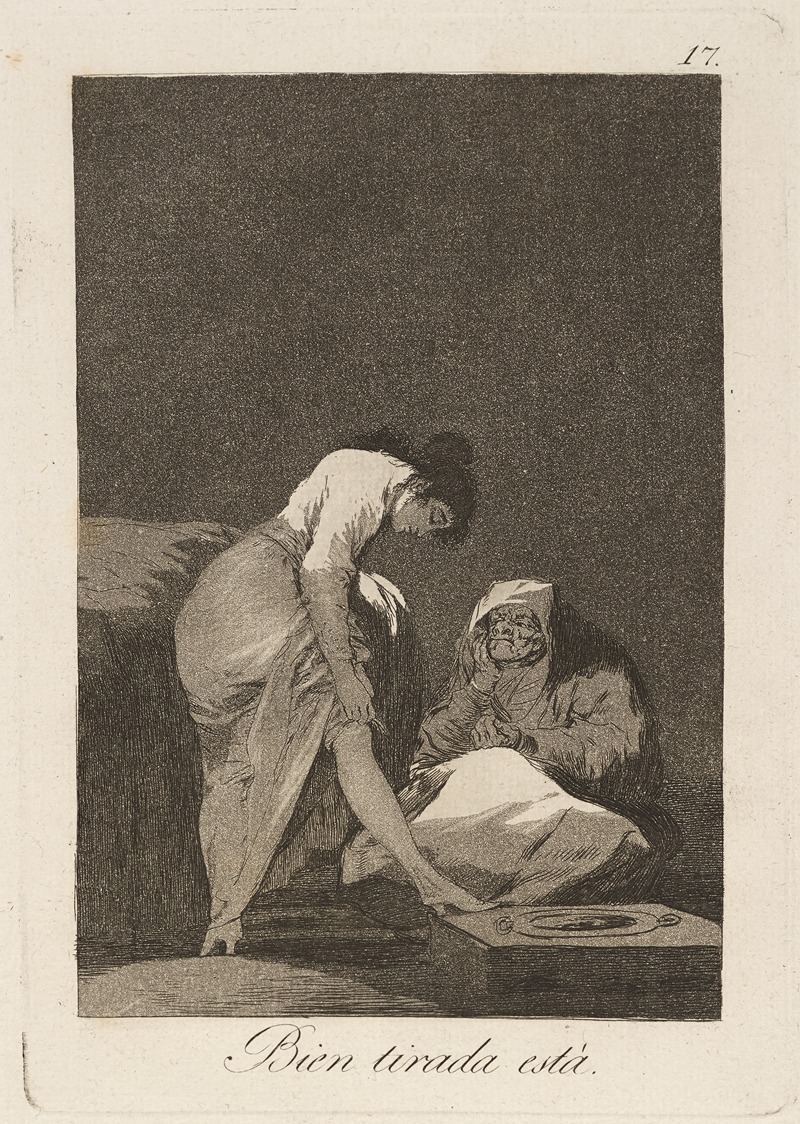
Bien tirada está.
A hand-painted replica of Francisco de Goya’s masterpiece Bien tirada está., meticulously crafted by professional artists to capture the true essence of the original. Each piece is created with museum-quality canvas and rare mineral pigments, carefully painted by experienced artists with delicate brushstrokes and rich, layered colors to perfectly recreate the texture of the original artwork. Unlike machine-printed reproductions, this hand-painted version brings the painting to life, infused with the artist’s emotions and skill in every stroke. Whether for personal collection or home decoration, it instantly elevates the artistic atmosphere of any space.
"Bien tirada está" (English: "It is well thrown") is an etching by the Spanish artist Francisco de Goya, created as part of his series "Los Caprichos," which was published in 1799. "Los Caprichos" is a collection of 80 prints that critique the social, political, and religious issues of Goya's time through satirical and often dark imagery.
"Bien tirada está" is plate number 55 in the series. The etching depicts a scene where a woman is throwing a ball of yarn, which is being caught by a cat. The phrase "Bien tirada está" can be interpreted as a commentary on the skill or precision of the throw, but it also carries a deeper, more ironic meaning. The image and its title suggest a critique of the frivolous activities and superficial concerns of the upper classes, as well as the manipulation and deceit that were prevalent in society.
Goya's "Los Caprichos" series was groundbreaking in its use of art to address contemporary issues. The etchings combine elements of realism and fantasy, often featuring grotesque or exaggerated figures to emphasize the absurdity and corruption Goya perceived in Spanish society. The series was initially published and sold by Goya himself, but it was later withdrawn from sale, likely due to pressure from the Inquisition and other authorities who were displeased with its critical content.
The technique used in "Bien tirada está" and the other prints in "Los Caprichos" involves etching and aquatint. Etching is a printmaking process where an image is incised into a metal plate with acid, while aquatint is a variant that creates tonal effects by using powdered resin. Goya was a master of these techniques, and his skill is evident in the fine details and rich textures of the prints.
Francisco de Goya (1746-1828) was one of the most important and influential artists of his time. He served as a court painter to the Spanish Crown, producing portraits of the royal family and other notable figures. However, his personal works, such as "Los Caprichos," reveal a more critical and introspective side of the artist. Goya's later works, including the "Black Paintings," further explore themes of human folly, suffering, and the darker aspects of human nature.
"Bien tirada está" and the rest of the "Los Caprichos" series remain significant not only for their artistic merit but also for their social commentary. They offer a window into the concerns and issues of late 18th-century Spain, as well as Goya's own perspectives on the world around him. Today, these prints are held in high regard and can be found in major art collections and museums around the world, where they continue to be studied and appreciated for their technical brilliance and profound insights.





